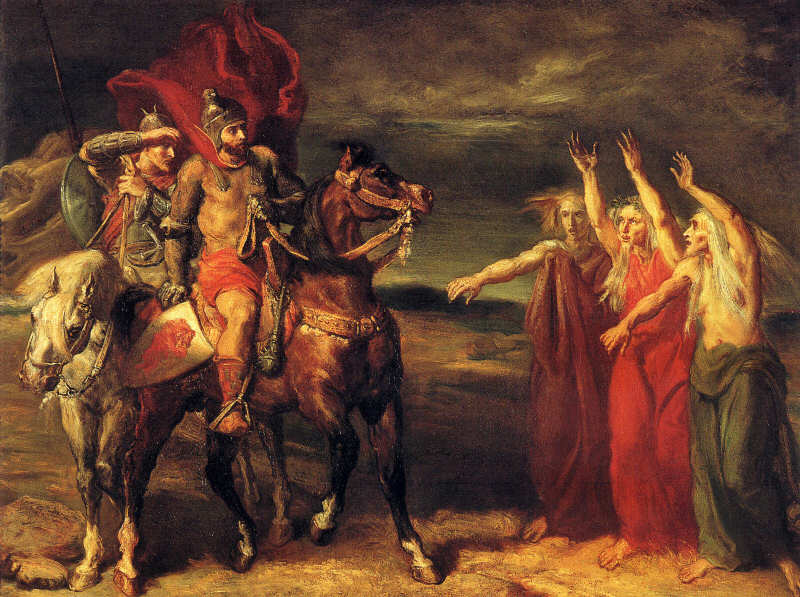Spring 2023: Traces of Macbeth: A Study of Text Reuse
Table of Contents
Introduction
As a group dedicated to analyzing text reuse, we decided to explore the significance of Shakespeare’s works in the 18th century. While the previous text reuse group in the Project course extensively examined Shakespeare’s overall influence, including his plays, literary reputation, canonization process, and commonly reused quotes within a grammatical context, our group opted for a more focused approach. We set our sights on examining one of Shakespeare’s most renowned and impactful works, Macbeth. By narrowing our investigation to this particular play, we aimed to gain deeper insights into its reuse during the 18th century, exploring various aspects such as the publication landscape, the most frequently reused quotes, their origins, and the authors and works that reused them. In addition, we sought to explore the literary climate of the 18th century and the influence of Shakespeare’s masterpiece within that context. Moreover, we aimed to unravel the intricate connections between Macbeth and other works, shedding light on the enduring legacy of Shakespeare and the impact of Macbeth specifically.
Our decision to focus on Shakespeare’s Macbeth stems from a significant gap in the existing research. While Shakespeare’s works have been extensively studied, there has been relatively limited exploration of how these works were actually read and received. Furthermore, the process of canonization, which involves the recognition and establishment of an author’s works as enduring literary masterpieces, was not straightforward for Shakespeare’s works. It encompassed various factors, such as the publication and dissemination of his plays in print, the endorsement and praise from influential literary figures, and the enduring popularity of his works among audiences. This complex process continued to evolve even in the centuries following Shakespeare’s death.

Musée d’Orsay, Paris.
It is particularly intriguing to explore how Macbeth was received and reused during the canonization process of Shakespeare’s works. Notably, there were numerous prominent books and authors that made references to Macbeth, quoted lines from the play, and even incorporated elements of its story into their own literary works. By delving into the textual reuses of Macbeth, we aim to shed light on the dynamic interplay between this iconic tragedy and the broader literary landscape. To unravel the intricate web of textual reuses, we have employed digital humanities methods. These innovative tools and approaches have allowed us to trace and analyze the patterns of reuse, providing valuable insights into how Shakespeare’s works were perceived, interpreted, and creatively reused during this significant period in literary history.
Our research will begin with a brief introduction to the historical context of Shakespeare, followed by an explanation of our methods and analysis of Macbeth’s most reused passages and the whole dataset. Additionally, we will present how the versions quoted throughout the century. As a case study and due to the valuable information appeared from the distant reading, we decided to look up Macbeth also in different contexts, particularly in vocabulary-dictionary use. This might assist us to have a more in-depth analysis of Shakespeare’s writings’ popularity and their specific use in the context of Macbeth in the 18th century. We will provide observations on target text analysis within the authors, years, and places to see the landscape of Macbeth’s reuses among writers in terms of time and place. To determine the most reused passages, we employed a combination of topic modeling and close analysis. Our research also aimed to explore the relationship between lexical and topical similarities between the source and target texts, which we addressed through multiple linear regression analysis. By utilizing these methods, we sought to gain a comprehensive understanding of the patterns and correlations within the reuses.
Our research questions are as follow:
- How were the versions of individual Macbeth quoted throughout the century?
- Who reused Macbeth and how?
- What kinds of passages were reused?
- How do the lexical and topical similarity between the source and target text correlate?
